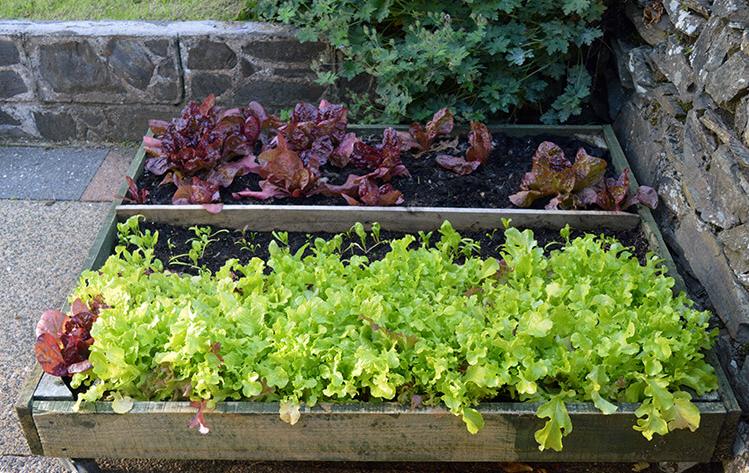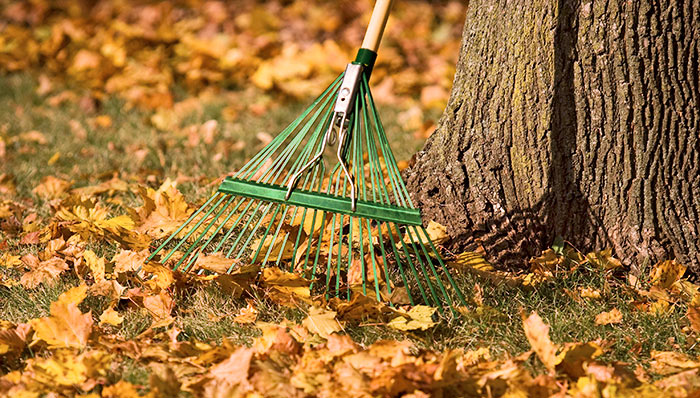Introduction
Today, I am going to share my experience of how to grow lettuce in a container placed anywhere in your kitchen or vegetable garden. Lettuce is a kind of vegetable that can be grown all-round the year in any climatic conditions. On top of it, its nutritious value is high and is best suited food ingredient for people who are on a diet. Low in saturated fats and sodium, lettuce is rich in;
- Thiamin
- Iron
- Vitamin B6
- Potassium
In addition to this, it is a good supplier of;
- Dietary Fiber
- Folate
- Manganese
- Vitamin A
- Vitamin C
- Vitamin K
Vegetable Gardening for Beginners: a Complete Guide
Lettuce in Urban Gardening Containers
Urban gardening is gaining popularity these days as it can add a joyous activity in your daily busy and hectic life. On the other hand, it also adds fresh and juicy vegetables for your meals and a healthy life style.

Salads are a vital part of our food, offering lots of valuable vitamins with least calories, thus ideal food for diet conscious people. For this purpose, lettuce are easy to grow in container of your vegetable garden that will return you with multiple harvests. Growing lettuce in kitchen garden can be an amazing experience for the beginners.
Below lines will guide you with the steps of how to grow lettuce in a container of your kitchen garden.
What do you Need?
Lettuce plant allows you multiple harvests, i.e. as you collect the leaves, new ones grow in place of older. For this reason, it is very important to have;
- Proper quality potting soil
- Good quality seeds.
- Right size container
Recommended Container & Potting Soil for Growing Lettuce
Soil: First step in how to grow lettuce is the selection of proper soil. Good quality potting soil is available in the near nursery store while many online stores also offer potting soils for lettuce. Just be sure that potting soil for lettuce should have a mix of soil, peat or compost and vermiculite or perlite. This soil mix allows good water retention that is best suited for lettuce in containers.
Seeds: There are various varieties available for growing lettuce in a container. In fact when you search for a variety of lettuce, you will be amazed that there are endless varieties of lettuce available. My recommendation is to select the variety you like the most. This is because, different varieties taste differently. Among many, you can chose;
- Crisphead
- Butterhead
- Lose leaf
- Summer Crisp
- Little Gem

What I have grown in container of my vegetable garden is Little Gem variety. This variety was originated in France. You will find this variety crunchy, sweet in taste with miniature heads of lettuce that are full of nooks and crannies. Little Gem variety of lettuce is best for salad dressing and can be cooked for food.
Container: The container should have an appropriate size with drainage holes. My container size is 12 inch and it has already given me 3 harvests and still lettuce plants are performing well. The container should have appropriate size because as the lettuce plant grows the root system also expands.

Sowing the Lettuce
Now you have reached the most important phase of growing lettuce in container. Choose the place that has good access to sunlight. Lettuce loves sunlight. Its large green leaves love to do photosynthesis a lot. So it is highly recommended to move the container into a brighter space with at least 8 hours sunlight access.
Now moving to the sowing phase, fill your container with potting soil up to an inch or even two centimeters below the rim. For direct sowing, place the seed 1/4 to 1/2 half inch deep and then cover with soil. The soil should be moistened.
It is recommended to sow your seeds 4 to 6 inches apart. on the contrary, I have sown my Little Gem lettuce seeds 3 inch apart and I am getting good produce of lettuce in container. However, if you are planning to cultivate Lose Leaf variety of lettuce, 4-6 inch distance is a must. Remember that the seedbed of your lettuce in container never dry out.

Caring the Growing Lettuce in Container
Now you have passed the important steps of growing lettuce in a container. Wait for germination. Usually it takes 5 to 10 days for germinating. Your newly born tiny lettuce plants need your care. Following are few points that should be taken care of while growing lettuce in a container.
- Never add synthetic fertilizer to your lettuce in container of urban garden. The objective of having fresh and organic vegetable garden grown lettuce will die at the moment you add a pinch of fertilizer. So avoid it. The potting soil is already rich in nutrients.
- Add compost ‘if’ needed.
Prepare Your Compost at Home. How? Here is my DIY Article on Making Compost at Home
- If temperature is around your kitchen garden is more than 30oC, move your container to a shady place. This is the biggest advantage of growing lettuce in a container to customize it in any manner you need.
- Avoid drying of soil in your lettuce container.
Believe me, the result of all the previous steps and caring you will add to the growing lettuce in container will result in lush green and healthy lettuce leaves. They will be ready to cut right after six weeks after sowing. You can harvest them with a sharp knife but try to harvest little, just the amount you needed.

Hey Guys, don’t forget to like and share this post below. It will be a boost-up for me.
Happy Growing and Eating 🙂
Cite this Article in APA Style as:
[box type=”note” align=”aligncenter” ]Rahman, M. A. (2017, September 16). How to Grow Lettuce Leaves In a Container? [Blog Post]. Retrieved from http://aridagriculture.com/2017/09/16/how-to-grow-lettuce-leaves-in-a-container[/box]






















